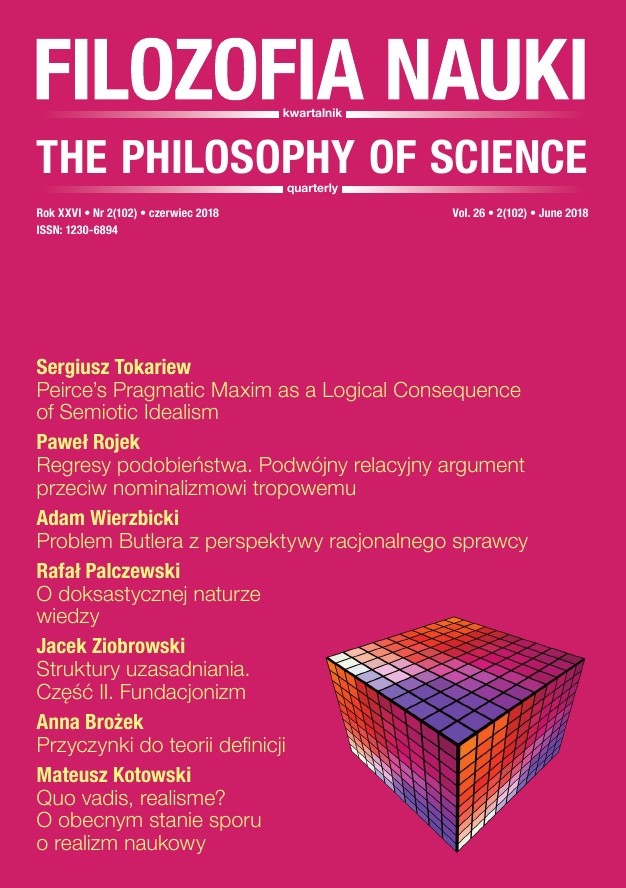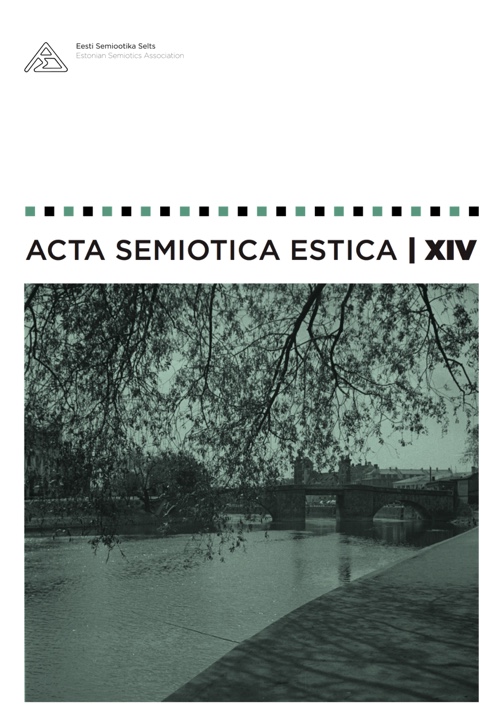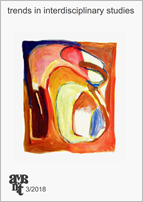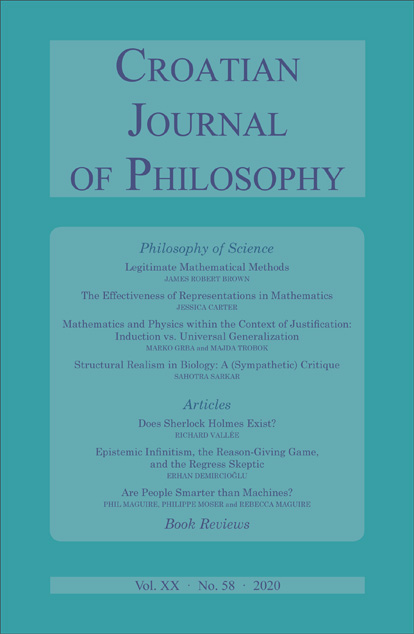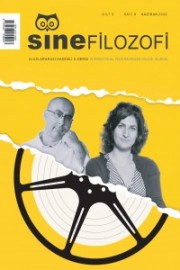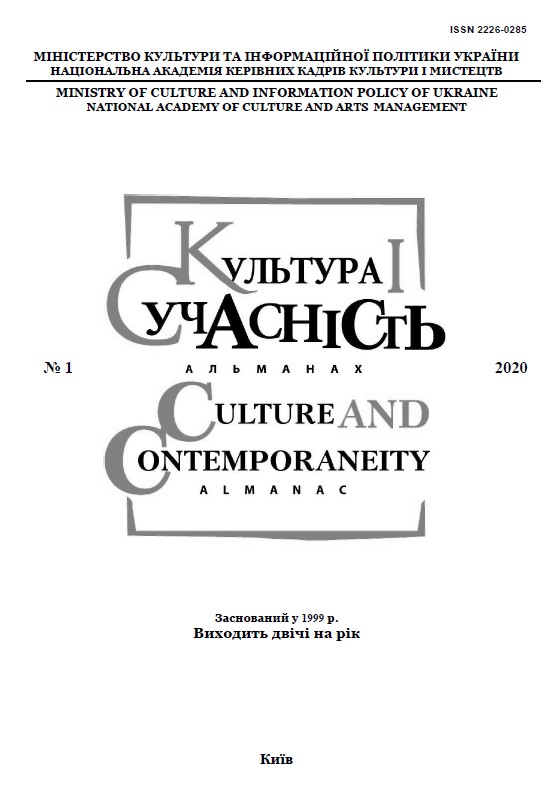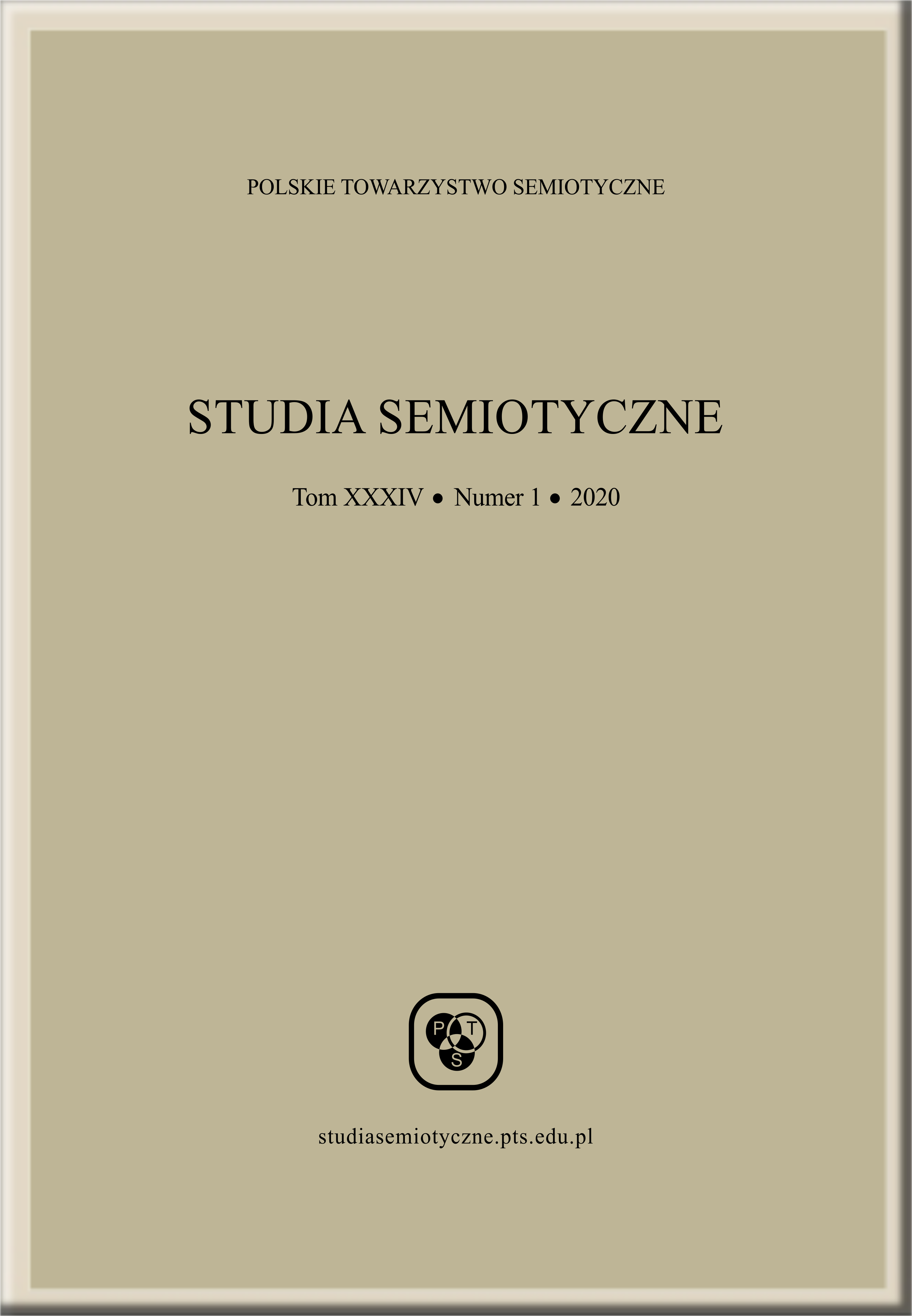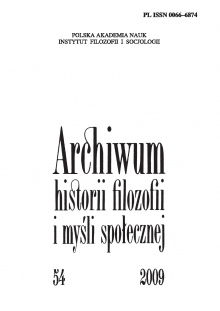
Platon twórcą klasycznej koncepcji prawdy
The article presents Plato’s views on an epistemologic notions of truth and false. A three periods consist of Athenian’s work. Plato gave in every of its some distinct definitions of the truth. This papers takes all definitions out and then subjects them to a semantical analisys. There was choise the semantical method in order to better understanding nature of truth in Plato’s epistemology. In a context issue of truth the author of dialogs contended with many semantical problems in reference to a concept of false. It has turned out that Plato’s concept of truth and falls was a base for the Aristotelian definitions of truth and falls. From epistemology point of view we can talk, that according to Plato, statement “p” is truth only iff p. A discovery of relational nature of truth which is understood as concordance a thought and reality orders accept Plato is author classical concept of truth.
More...
